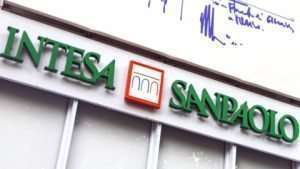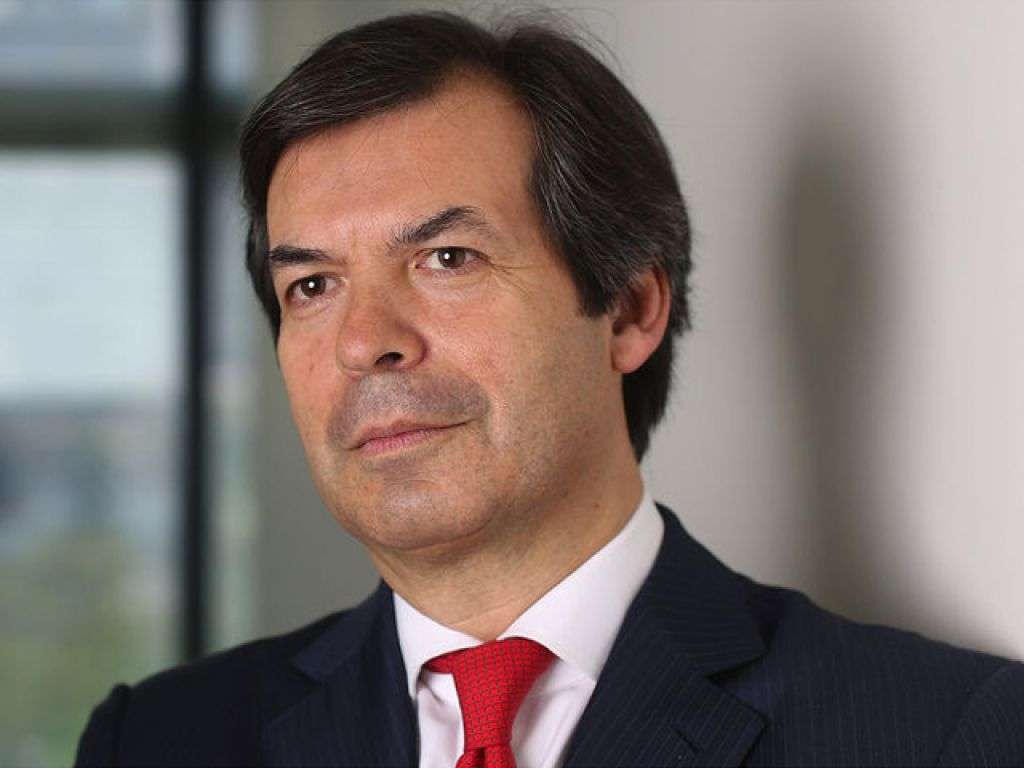Accounts “among the best in the major European banks”. CEO Messina: ‘we are an engine of the real economy. Strong value creation and its distribution will continue to be our priority. In Italy I see no risk of recession’. Russia and Ukraine secured

by Robert Crowe
Despite the pandemic and the war in Ukraine, Intesa Sanpaolo, Italy’s largest bank, closed an excellent half-year with a net profit of EUR 2.35 billion and the validation of the guidance of the 2022-25 business plan, which envisages arriving at the 2025 financial year with a net profit of EUR 6.5 billion. CEO Carlo Messina, who was confirmed last spring at the helm of the institute, was thus able not only to manage the difficult general economic situation, but also to deal very effectively with securing his bank’s exposure to Russia and Ukraine in the semester. In particular, Intesa Sanpaolo made value adjustments of EUR 1.13 billion to the half-yearly results from these two areas. Without this loss, the Messina-led bank’s income statement would have risen to €3.28 billion, which would have meant +8.4% compared to €3.02 billion in the first half of 2021. “Strong value creation and its distribution,” Messina explained, “will continue to be our priority.”
In short, truly important numbers that the stock exchange did not fail to welcome with the share rising 2.58% to €1,7498. A cleansing action, the one carried out after the outbreak of the war between Russia and Ukraine, which has allowed all performing cross-border loans to Russia to be classified as stage 2. In detail, write-downs amounted to €1.13 billion before tax, of which €1.09 billion related to credit exposure (€794 million for cross-border exposure and €299 million – without tax deductibility – for local exposure of Banca Intesa subsidiaries in Russia and Pravex Bank in Ukraine).
Returning to the results for the first half of this year, it should be emphasized that Intesa recorded positive numbers in operations, with a result, as stated in a bank note, up 4.2% and net operating income up 0.9% compared to the first half of 2021. Operating costs, on the other hand, fell by 2.5% with a cost/income ratio at 47.5%, is, as they explain at Intesa, ‘among the best within the major European banks’.
 Following the consolidated income statement, Intesa reports net interest income of €4.05 billion (+2.5% compared to €3.95 billion in the first half of 2021), while net fee and commission income dropped 3% to €4.53 billion. Income from insurance business amounted to €867million, compared to €854 million in the same period last year. Net impairment losses on loans stood at 1.4 billion, compared to 1 billion in the first half of 2021. Intesa Sanpaolo also reduced impaired loans, before adjustments, by €4.1 billion since end-2021 and to around €54 billion from the peak in September 2015. Thus, capitalization is above regulatory requirements, with a Common Equity Tier 1 Ratio at 12.5%.
Following the consolidated income statement, Intesa reports net interest income of €4.05 billion (+2.5% compared to €3.95 billion in the first half of 2021), while net fee and commission income dropped 3% to €4.53 billion. Income from insurance business amounted to €867million, compared to €854 million in the same period last year. Net impairment losses on loans stood at 1.4 billion, compared to 1 billion in the first half of 2021. Intesa Sanpaolo also reduced impaired loans, before adjustments, by €4.1 billion since end-2021 and to around €54 billion from the peak in September 2015. Thus, capitalization is above regulatory requirements, with a Common Equity Tier 1 Ratio at 12.5%.
Messina, commenting on the work done by the bank in this particularly difficult first half of the year, spoke of ‘particularly significant results, thanks to the full launch of the main industrial initiatives of a business plan capable of propelling us into the next decade’. The head of Intesa also explained that in the current year “we estimate to exceed €4 billion in net profit, in the absence of further critical issues relating to energy and raw materials supply; in the event of a very conservative assumption of 40% coverage of exposures to Russia and Ukraine, we estimate a net result well in excess of €3 billion”.
Messina also explained how Intesa Sanpaolo intended to tackle the difficulties caused by the high price: “we have decided to allocate to all our people in Italy and abroad – except for those who are managers or equivalent – an extraordinary economic contribution of about 500 euro, for a total amount of about 50 million euro in favor of 82,000 people in our group”. Messina also confirmed the 70% payout ratio on the profit in each year of the business plan (€1.6 billion already set aside from the profit of these first six months) and the remuneration of shareholders through the buyback operation launched with the first tranche of €1.7 billion. Intesa’s Board of Directors envisages as interim cash dividends to be distributed from the 2022 results an amount of no less than €1.1 billion. ‘Strong value creation and its distribution will continue to be our priority,’ Messina stressed.
 In the first half of the year, medium and long-term loans to households and businesses totalled €32.4 billion. This is one of the reasons why ‘Intesa Sanpaolo is confirmed as the engine of the country’s real and social economy’. Although for Italy now is the time to get serious: ‘I am not worried about the situation in Italian politics,’ Messina said, ‘because the country has solid fundamentals. Whichever political coalition wins,’ he warned, ‘it will still have to implement the programme for the Next GenerationEu funds. So the situation in Italian politics does not worry me. I see zero signs in Italy of a recession, perhaps more of an economic slowdown’. Finally, Intesa’s CEO clears the field of inferences regarding his possible entry into the future government: ‘The hypothesis of becoming Minister of the Economy will never see the light of day’.
In the first half of the year, medium and long-term loans to households and businesses totalled €32.4 billion. This is one of the reasons why ‘Intesa Sanpaolo is confirmed as the engine of the country’s real and social economy’. Although for Italy now is the time to get serious: ‘I am not worried about the situation in Italian politics,’ Messina said, ‘because the country has solid fundamentals. Whichever political coalition wins,’ he warned, ‘it will still have to implement the programme for the Next GenerationEu funds. So the situation in Italian politics does not worry me. I see zero signs in Italy of a recession, perhaps more of an economic slowdown’. Finally, Intesa’s CEO clears the field of inferences regarding his possible entry into the future government: ‘The hypothesis of becoming Minister of the Economy will never see the light of day’.
Looking at the consolidated income statement, the bank recorded net interest income of €4.05 billion (+2.5% compared to €3.95 billion in the first half of 2021), while net commissions fell by 3% to €4.53 billion. Income from insurance business amounted to €867 million, compared to €854 million in the same period last year.
Net impairment losses on loans stood at 1.4 billion, compared to 1 billion in the first half of 2021. Intesa Sanpaolo also reduced impaired loans, before adjustments, by €4.1 billion since end-2021 and to around €54 billion from the peak in September 2015. Thus, capitalization is above regulatory requirements, with a Common Equity Tier 1 Ratio at 12.5%.
(Associated Medias – NAD) – All rights are reserved
